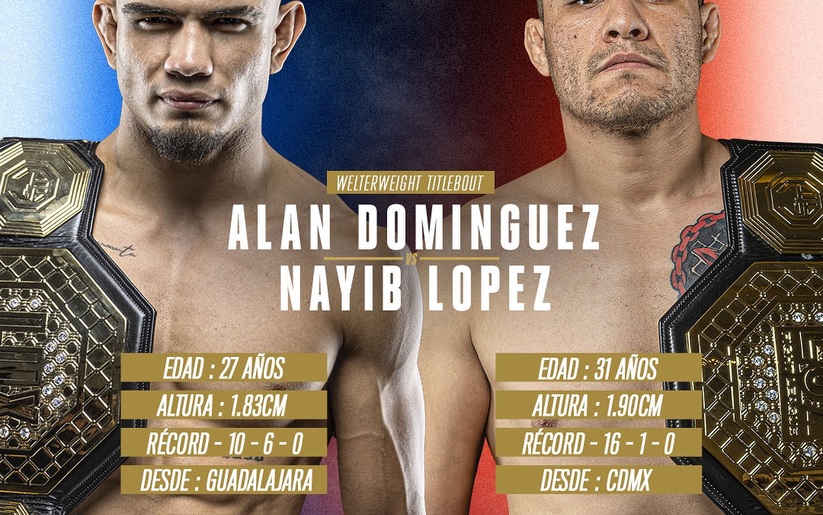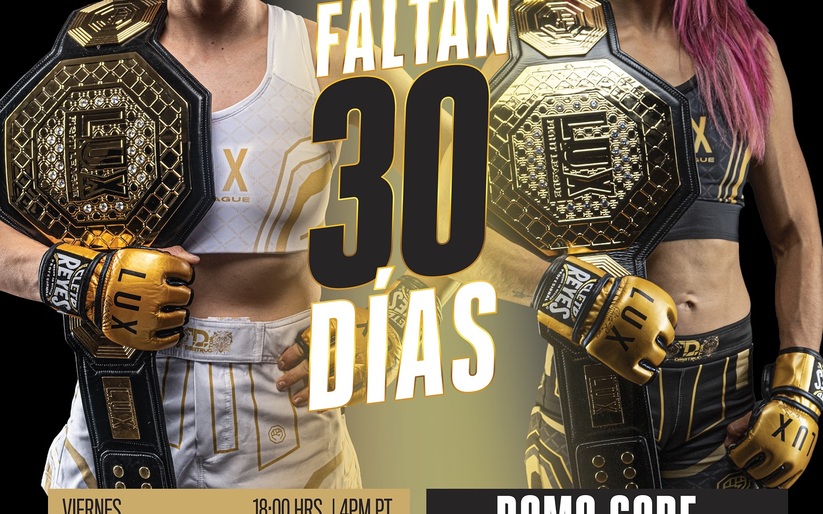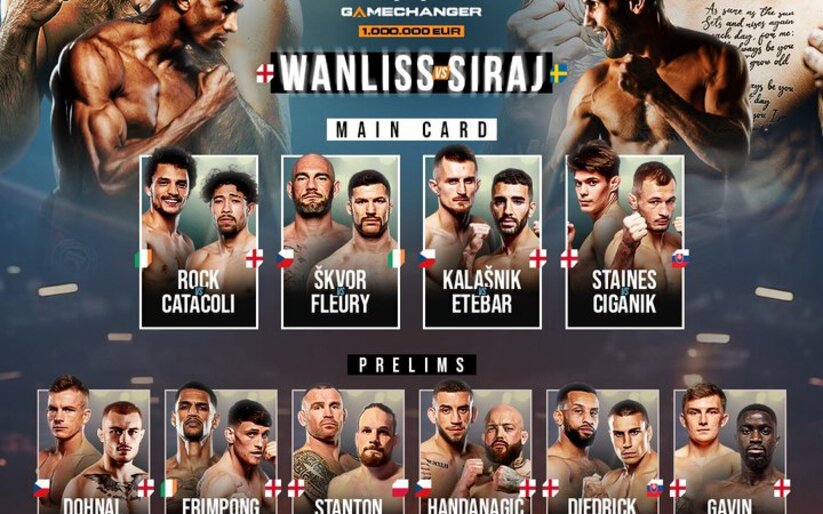Below is an article that I found extremely interesting. It is from a good friend of mine, Eric Wong’s website www.EricWongMMA.com. I hope you enjoy it as much as I did.
Taxonomy – the science dealing with the description, identification, naming, and classification of organisms.
In this article, I’m going to give you the 3 general categories that MMA fighters fall into based on physiology and show you the continuum on which they lie. If you’re a fighter, this knowledge will help guide your training as you become more advanced and you build up years of strength, conditioning and technical skills.
Visualize in your mind’s eye what the ideal MMA fighter looks like. What do you see?
I’m betting that you see an athletic, muscular body. Someone who looks strong and powerful, but not overly bulky. A physique that would command respect regardless if he was surrounded by champion bodybuilders or skinny college dweebs.
But take a look at some of the top mixed martial artists today, such as Anderson “The Spider” Silva, Nick “Blunt Force” Diaz (just made that up), and on the complete opposite side of the spectrum to Blunt Force, Roy “Big Country” Nelson.
Silva is the current UFC Middleweight champ, Blunt Force is ranked 3rd on Sherdog’s August 2012 Welterweight list and while “Big Country” isn’t ranked Top 10, he’s definitely one of the gatekeepers of the UFC Heavyweight division.
What this shows you is that physique is not the be all and end all when it comes to performance in MMA.
Otherwise Phil Kevin Randleman would’ve been the champ back in the glory days of Pride, instead of Fedor. Although he came damn close after this:
Yes, your mother was right; it’s what’s inside that counts.
And the great thing about MMA is that regardless of what you’ve got inside, you can find a style and way of fighting that best matches your physiology and then go on to optimize both.
Case study: Nick “Blunt Force” Diaz (I love that nickname).
Between 2009 and 2011, on top of fighting 2-3 times per year in Strikeforce and the UFC, Blunt Force also completed 7-8 triathlons. And he didn’t just compete in triathlons, he consistently finished in the Top 10. All of this on top of regular bong hits is pretty damn impressive.
For those of you who don’t know, a triathlon is generally made up of a 1.5 km swim, 40 km bike ride and 10 km run.
But Blunt Force prefers the off-road style of triathlons, cuz they’re more gangsta, son. These events consist of a 1.5 km swim, 30 km mountain bike ride and 11 km trail run. WHAT.
It’s clear that he likes being aerobic by nature and his fighting style reflects that.
Picture a Nick Diaz, sorry, Blunt Force fight you’ve seen. What do you see?
What stands out most for me is a high volume of punches. Non-stop; head, head, body, body, head, head. Rinse. Lather. Repeat.
Here’s a great example:
When you think he’s going to get tired, he doesn’t. He just keeps punching and punching and overwhelms his opponents with sheer volume.
His punches aren’t bombs that render his opponents unconscious before they hit the ground, but they come fast and they don’t stop.
Now, if he looked in the mirror one day and said to himself, “I need to bulk up. I’m too skinny to be a good fighter,” do you think he’d be as successful as he has been?
I don’t think so.
Whether through proper assessment and training or doing whatever he feels like (most likely), he’s identified his physiological makeup and trained in a way to optimize it both conditioning-wise and stylistically. You don’t see Blunt Force going for violent double-leg takedowns or throwing Koscheck style haymakers.
If he’d tried to become an explosive, muscular fighter (think GSP) he may have struggled in the gym because his body didn’t respond as well to heavy and explosive lifting vs. cardio. He probably would’ve hated it because it didn’t suit his temperament. So in all likelihood, he would’ve been a lot less successful. He’s just a slow twitch kinda guy.
So is it all about training for your genetic muscle fiber type makeup?
Let me preface this by saying muscle fiber types are not as important as people think. But I have to spend some time to answer this question.
But before I do that, a primer on muscle fiber types:
There are 3 main types: Type I (slow twitch high endurance), Type IIa (fast twitch medium endurance) and Type IIb (fast twitch low endurance, mainly found in sedentary individuals).
Beyond this group of 3, more subtypes have been identified that fall between these 3 main types. Remember this point for later.
[For more background info on muscle fiber types, check out this great article by my man Kelly Baggett]
Now, I believe that this question, which does have genuine curiousity behind it, comes more from “excuse land” than anywhere else.
Excuse land is a place where you go to feel better about yourself.
“I’m predominantly fast twitch, that’s why I gas out.”
“I’m built for marathon running, that’s why I’m so skinny.”
“Don’t laugh, I’m Chinese, that’s why it’s so…”
OK the last one is real but the first 2 are from excuse land.
Instead of saying, “Yeah, I’m lazy/don’t know what to do, that’s why I have no cardio,” living in excuse land relieves you of taking responsibility for your situation.
Here’s my answer to anyone hanging out in excuse land with respect to muscle fiber type: regardless of your genetic makeup, training can influence Type I fibers to act more like Type IIa and vice versa.
While fiber types respond better to training suited to their composition, they will, through consistency and intelligent programming, shift to behave the way your training demands. A slow twitch may never be as explosive as a fast twitch, but it can get close.
That’s where all these muscle fiber subtypes come into play. Your muscles are basically like a gradient of muscle fiber types, from light grey to black, super slow twitch to ultra fast twitch with everything in between.
You can’t hang out in excuse land because if you’re mainly Type I and you start lifting heavy and explosively, maybe training like an Olympic weightlifter, you’ll get reasonably strong and explosive. You probably won’t win a gold medal, but if you keep at it you’ll get pretty damn powerful.
If you’re mainly Type II and you start marathon running, you might not be able to beat the Kenyans, but if you train smart and stay at it, I’m guessing you’ll be able to finish somewhere in the 3 hour range.
And if you were to train your muscle fiber types for MMA, you’d have to know the proportions of fiber types in each muscle group, since each group has different and varied demands in a fight. To do this, you’d need to get a biopsy done on every muscle in your body. Ouch!
OK, enough about muscle fiber types. Please don’t ask me about them again – they’re not that important.
What is more important is training based on what type of fighter you want to be, or what style suits your skill set the best.
And that brings us to the title of this article, “The Taxonomy of MMA Fighters”.
You can classify MMA fighters into 3 main categories: Strength/Power, Balanced, and Stamina/Endurance.
While these 3 categories are a neat way of generalizing, really there are no hard classifications and these different types lie on a continuum:
Again, Nick “Blunt Force” Diaz provides comic relief without even trying.
You can see that I’ve chosen to look at the Welterweight division and I’ve chosen GSP to represent the strength/power side, Nick Diaz sorry, Blunt Force to represent the stamina/endurance side and Martin Kampmann (a hugely underrated fighter IMO) as a great example of a balanced fighter.
While Kampmann isn’t as explosive as GSP and can’t throw as many punches as Diaz, he can throw more punches than GSP and he is more explosive than Diaz.
Of course, they all exhibit characteristics of both strength/power and stamina/endurance, it’s just they’ve tuned their games towards more of one than the other (or both, in the case of Kampmann).
And please, don’t take this as gospel, this is a theory I’ve developed that can help guide your training, nothing is cut and dry and set in stone.
The great thing about looking at it this way is because you can create a list of characteristics that go along with each classification and then train, both your MMA skills, fight strategy and your strength and conditioning, in the way that best suits where you lie on this continuum.
Check out this sweet table I’ve done up for ya. I’ve purposely left out the Balanced category because it’s pretty self-explanatory (a little bit of everything).
So how would one use this info?
Let’s say you’re more inclined to strength/power, you’ve got good knockout power in your hands, but you’re not too comfortable on the ground.
You want to be able to unleash bombs but you don’t want to go Chris Leben zombie style and just come out swinging, as you know what might happen. And you don’t have the endurance to keep that up anyhow.
Obviously, you’ll work your takedown defense. But not so obvious might be how you train the rest of your game…
Because you’re explosive, you could train a double leg after a jab. Once you get to the ground, land some ground ‘n’ pound then get the fuck outta there.
Now you’ve softened your opponent a little and he’s worried about going back to the ground.
In terms of ring generalship, you need to master distance and timing. You don’t have the stamina to be bouncing all over like Dominic Cruz, so you’ve got to be relaxed and when you’re in distance, fire.
The main idea is that because you’re more explosive/powerful, you don’t have an unlimited volume of punches that you can throw.
So you’ve got to get good at picking and choosing when to throw your hands.
Your goal is to capitalize on openings. In MMA, being a counterpuncher is a risky job, unless you’re Anderson Silva or Lyoto Machida, so work on feints and develop a wide variety of attacks so you have 99 ways to set up your favourite and most powerful strike/combo.
If you’ve got a big overhand right, work on a bunch of different ways to set it up. Don’t just throw it as your first strike, or you’ll be seeing out of one eye like Josh Koscheck was vs. GSP.
Your S&C programming can also morph to suit your style, so you could use Olympic lifts, med ball throws and other explosive movements, as well as short sprints to develop your cardio.
REMEMBER I said this is for ADVANCED individuals.
If you’ve had 2 fights or less, you’re definitely not ready to specialize yet. This if for guys who have been in the game for a while and need to take it to the next level.
For the rest of you, keep building your basic martial arts skills and keep training on a balanced strength and conditioning program.
For an idea of where to start with respect to S&C, my free video series is a good place to get an idea of the foundation required to build explosive power and endless cardio for MMA.
This is just an example and the game plan you follow must be a joint effort between you and your coaches.
As the sport of MMA evolves, training must evolve too and this is the type of direction that it can evolve towards.
Alright I’m done my piece, whaddya think?
Before you go, I’ve got 2 questions for you:
1. Where do you feel you lie on the continuum?
2. Out of the 10 Middleweights listed below, what 3 do you think best represent the 3 different classifications on the continuum?
Sherdog’s Top 10 Middleweights (August 2012)
– Anderson Silva
– Chael Sonnen
– Chris Weidman
– Michael Bisping
– Tim Boetsch
– Mark Munoz
– Vitor Belfort
– Yushin Okami
– Luke Rockhold
– Brian Stann
Let’s hear what you think.
PEACE!
To check out more great strength & conditioning articles head over to EricWongMMA.com.


